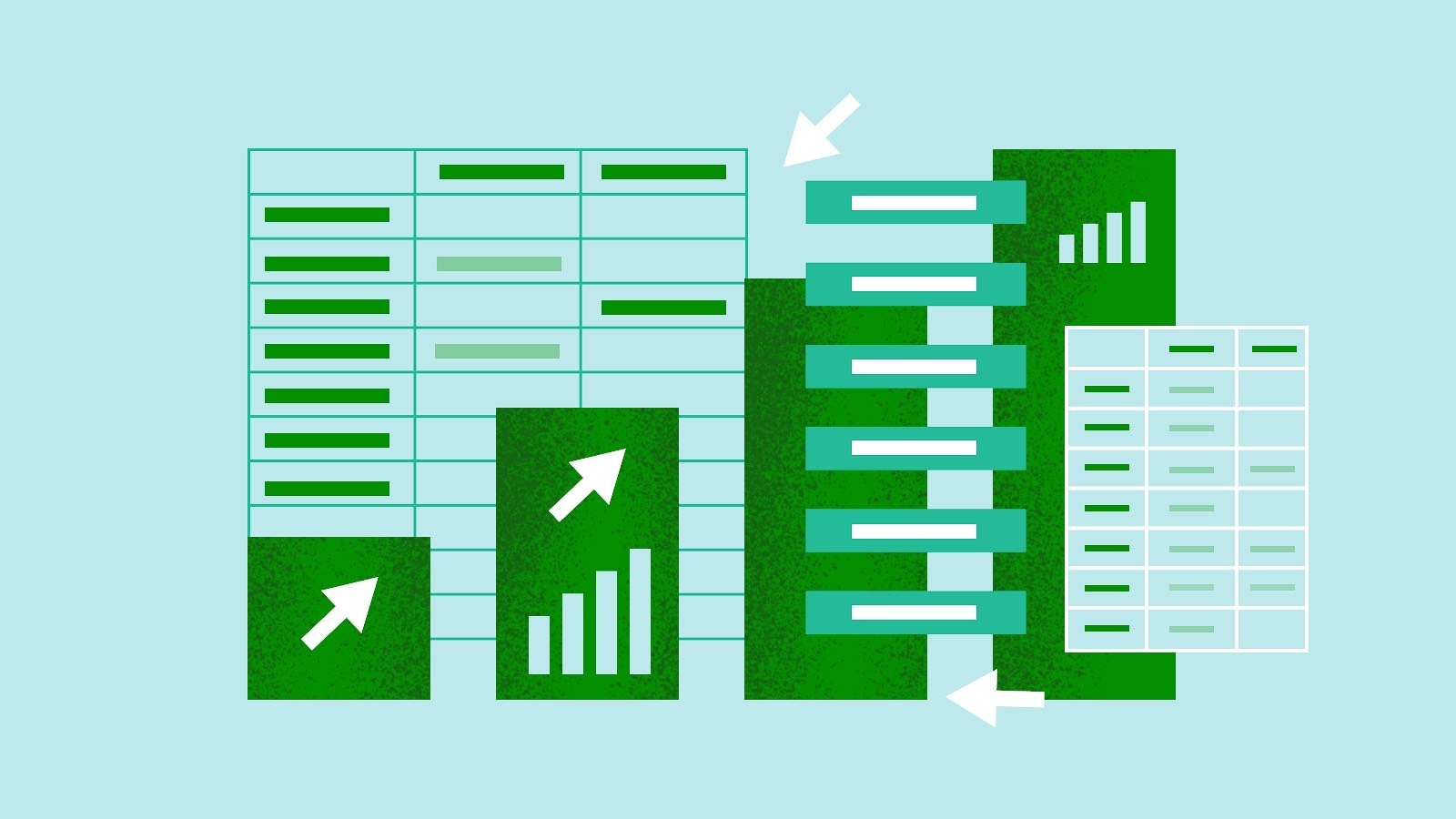Managing Network Resources with Excel
by Leo Vegoda

About 70 percent of Network Operation Centers surveyed by European research network GÉANT use Excel for resource management. Maria Isabel Gandía Carriedo presented the results from the survey at RIPE 88 in Kraków, Poland in May 2024. The survey solicited 500 responses from 37 European research and education networks.
Excel has quirks to go along with its power and convenience. Broadly speaking, it is a generalist’s tool, meant for pretty-good performance in almost any calculating and record-keeping environment. But “pretty good” isn’t terrific. Tools for specialist functions often provide flexibility and precision that can make a big difference.
What Doesn’t Excel Give You?
Change Control
In most uses, Excel is a single-user bit of software where only one person can edit any given file at a time. The file can be shared but isn’t commonly usable by multiple individuals simultaneously. Changes can be tracked but not if you use Excel Tables. And the functionality varies depending on the version of Excel you use.
In many organizations this means changes can be made by anyone with access to the file. Excel offers restrictions on reading, copying, printing and editing a file but these are cumbersome to administer and are rarely used. As important (or more so) the nature of the change is almost never tracked. Reverting to earlier versions of untracked changes is hard, if not impossible to do.
In contrast, an IP Address Manager (IPAM) is a dedicated application based on a database. Databases are designed around strong change control and the ability to revert changes to earlier versions. Key benefits include:
- IPAMs can be updated programmatically;
- Manual updates can be limited;
- Users do not need write access to the whole database.
Most importantly, all changes can be logged with an associated reason or description of the alteration. Identifying change numbers are often available.
Structure and Control
Excel can be used for almost anything. But it does not have native knowledge of IP addresses. At the most basic level, this means that IP addresses are stored as text. Sorting won’t be based on subnet structure. Of course, with Visual Basic for Applications (VBA) and macros, Excel can be made to do more. But this means you’re developing software and need to support it yourself.
A spreadsheet for tracking IP address space needs to be cleverly formatted. When you adjust your addressing plan you must adjust your spreadsheet. Changing its structure can change the data unless you are careful.
In contrast, an IPAM is a specialist application. It understands about both IPv4 and IPv6 addresses and how they can be organized. It is designed to make it easy to organize what is currently in place, analyze it, and plan for the future. Because it’s an IPAM, it can manage multiple levels of subnetting elegantly.
Automation and Reporting
Anyone can keep records. But making sure they are an accurate reflection of reality is hard. How often do you open Excel and update that spreadsheet? And does everyone using an IPv4 address, or an IPv6 /64, record its use?
Most IPAMs either include or can integrate with network scanners. This means they can detect rogue devices and be a part of your audit controls, instead of a risk. A key element of that is automatically reporting on what has changed, when, and why.
A dedicated IPAM will produce reports at the press of a button. It can easily report on things like:
- What subnets do you have, how actively used are they?
- How many addresses are available in each pool?
- IP addresses by device type.
- Permanent assignments versus temporary assignments.
- Each device’s default router.
Excel won’t.
Many IPAMs can automatically generate updates to an RIR’s database and generate a geofeed file.
Integration and Scale
IPAMs either include or integrate with DNS and DHCP management. That means that there is a tight integration between your IP address assets and the physical assets that use them. So, as you spin up servers or networking infrastructure, they get the IPv4 and IPv6 addresses they need. They also get forward and reverse DNS entries, making their role clearer to technicians and engineers. And everything is automatically cleaned up when you decommission that infrastructure.
This is important in networks of any scale. When hundreds or even thousands of IP addresses change their use across a year it’s important not to leave a mess behind in DNS.
Impact
IPAMs help organizations manage and plan IP address assets. When organizations lack that management, they might encounter operational and security problems. But they could also be missing key opportunities.
IPv4 addresses are worth at least $30 each on the transfer market. Addresses in /16 blocks, also known as Class B blocks, are worth more. Deploying an IPAM and getting control of your IP addressing assets can pay for itself. Especially if you decide to transfer excess, unused IPv4 addresses in the market.
ReView
IPv4.Global can help you. If you’re using Excel, try ReView, our first-of-its-kind digital IP address audit tool. It’s a free tool from IPv4.Global working with 6connect. It will show you what you have, how it is used, and deliver insights on potential efficiencies. If you find you have an excess of IPv4, we can help with that, too.